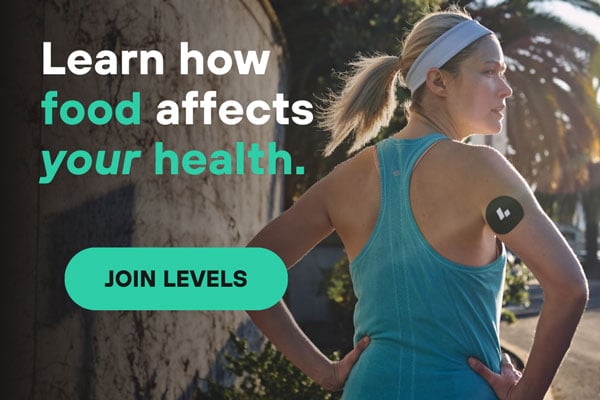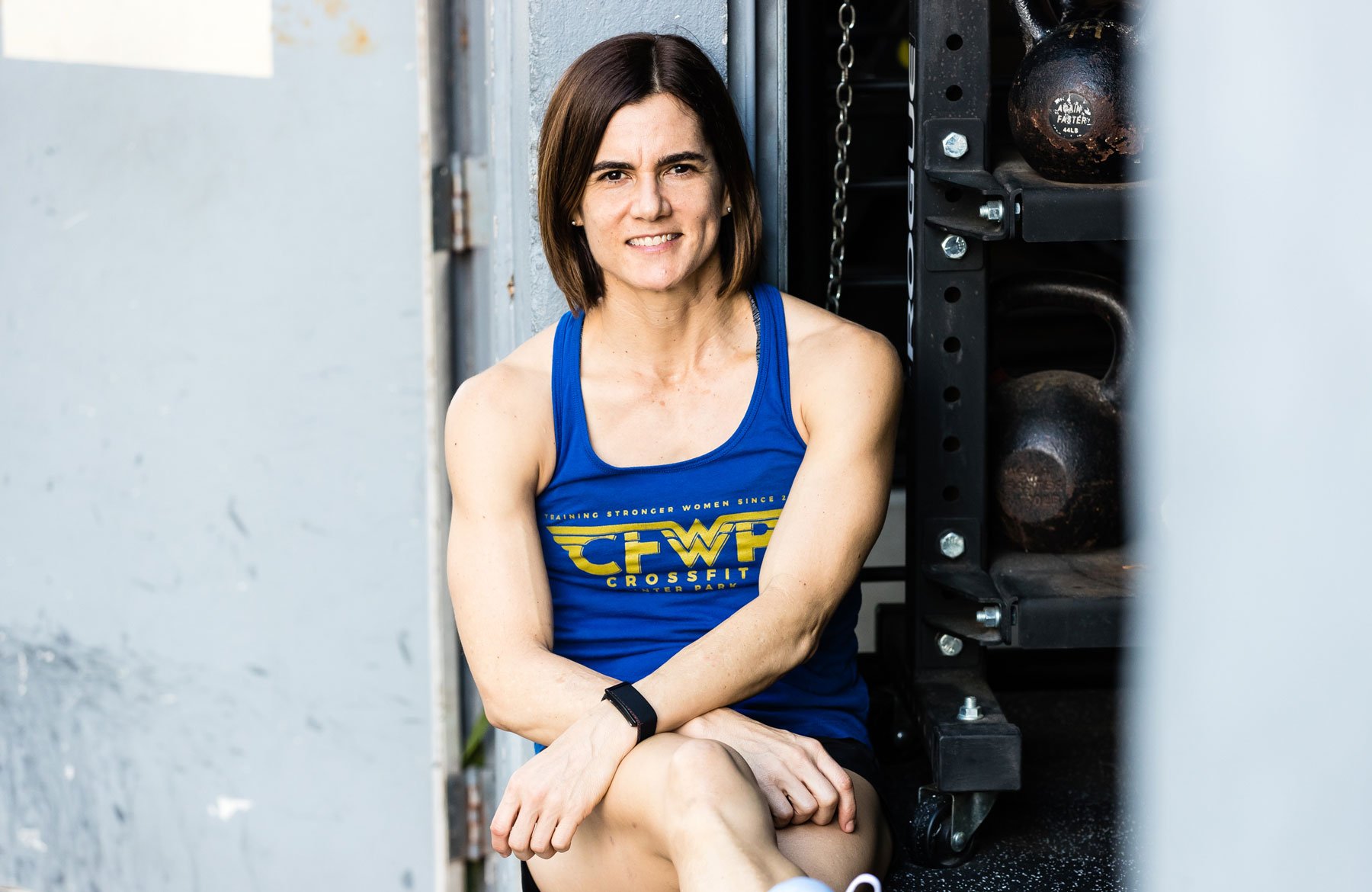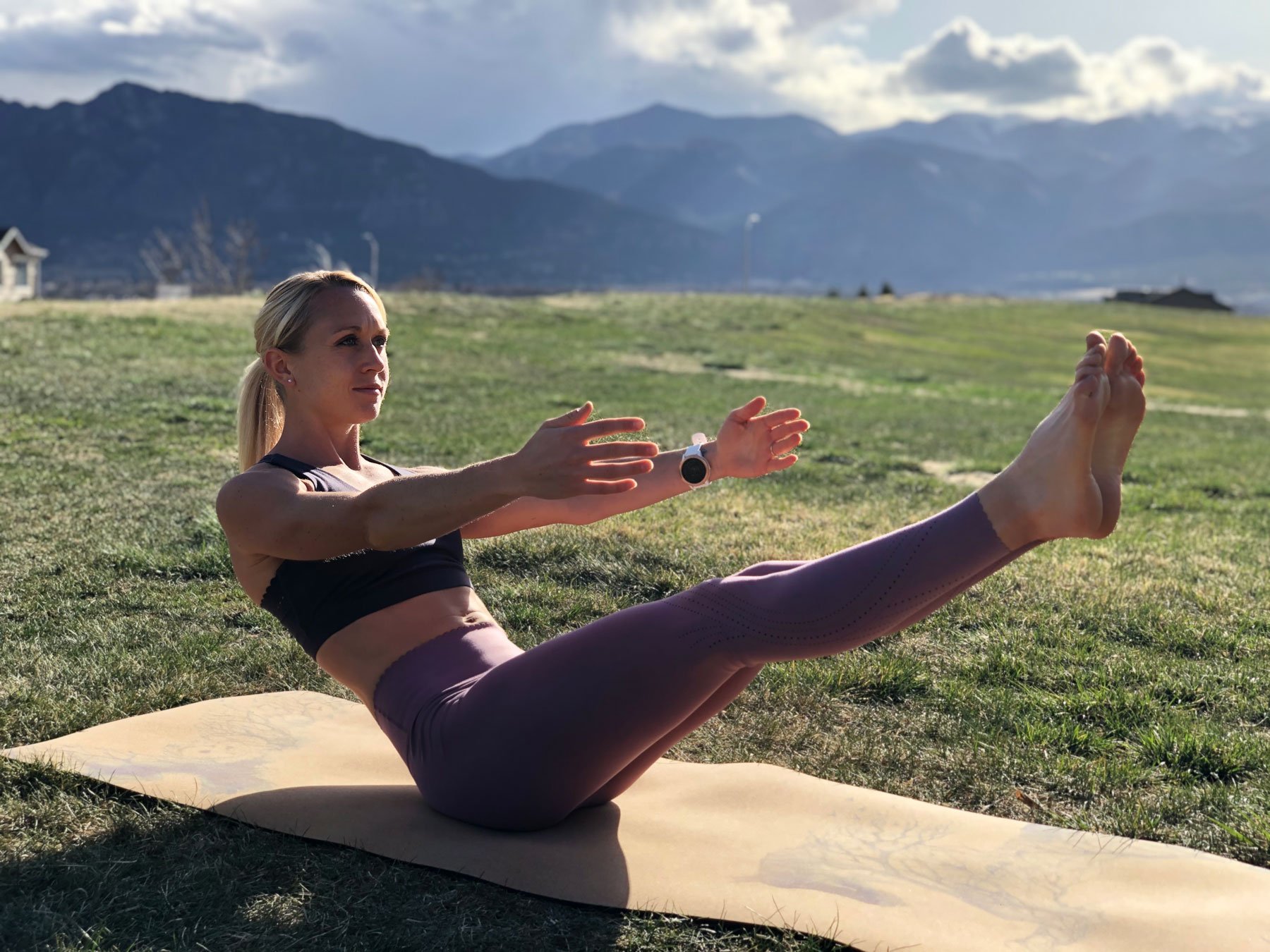Who: Ryan Baxter, 38
Where: Concord, NH
Time with Levels: On and off for about three years
Most Useful Takeaway: Data from wearables is objective—it’s not a marker of your success or failure
1. You were one of the first Levels members. What was your health like before?
I didn’t have any particular health concerns. However, I wasn’t athletic until I graduated from college. (I was a software engineer—your typical computer nerd.) I didn’t have a sport that spoke to me.
In 2015, I started obstacle-course racing. I liked running outside on the trails, combined with physical challenges along the way. In my search for training tips, I read Mark Sisson’s Primal Blueprint and Primal Endurance.
Eventually, though, I went too far with my training. My food intake was not matching up with my training. Too little food and carbohydrates, combined with stress from traveling and training, lead to a host of health issues, such as hormonal imbalance and gut problems.
2. What made you want to put a CGM on your arm?
I learned a lot from my health challenges, which inspired me to help others. I became a certified health coach in 2018.
I’m interested in the intersection between technology and health. With my software engineering background, leveraging tech to improve our health and performance is of great interest to me. As a health coach, I know how vital blood sugar regulation and carb timing are, particularly for someone seeking performance gains. In the past, I had done fingerstick testing to see real-time blood sugar interactions with food and outside factors—sleep, stress, exercise.
Learn more:
3. What surprising things did you learn from tracking your blood sugar?
I was super tolerant of carbohydrates—I could eat way more carbs than I thought I could. I still don’t think I’ve found a food that really shoots my blood sugar up surprisingly high. There was one evening when I sat on the couch at 8 pm and ate two Pop-Tarts. My blood sugar reading barely cracked 100 mg/dL.
This suggested to me that I was metabolically healthy and could tolerate more carbohydrates without worrying that it would be a detriment to my health. More importantly, it opened me up to eating more calories, which improved my athletic performance. Of course, I’m still eating healthy, and I stick to a primal- or paleo-type diet and include some gluten-free grains, such as white rice and gluten-free oatmeal.
I use Levels to ensure I’m eating enough to fuel maximum performance and health but not taking things too far by getting strict and seeing detrimental effects or reversing my gains.
4. What non-food factors affect your blood sugar?
There was a funny moment when I was watching Star Wars. I remember looking at my CGM data after the movie. There was a distinct blood sugar spike right at an exciting part. Apparently, I was really into the movie.
My blood sugar also responds to exercise in a now-predictable pattern, which was surprising at first. If I do an easy long-distance run, my blood glucose drops dramatically over training. Since I felt fine during runs and could maintain my performance, I didn’t make any changes to fueling. Instead, I interpret this as a sign of metabolic flexibility that my body tapped into fat after it exhausted my glucose stores.
5. How do you use the CGM today?
If I’m making tweaks to my diet, I check back in with Levels to make sure that I’m on track. I do this once or twice a year now.
Occasionally with health coaching, I like to try little experiments on myself before suggesting them to someone else. That might be taking apple cider vinegar or walking after carb intake. (The verdict: taking some ACV is fine if you’re okay with the taste of it, but walking is one of the easiest and most beneficial changes people can make.) I’m also a big fan of cold exposure—I live in the Northeast, so I just have to walk out my door, but cold showers do the trick, too.
Important, though, is maintaining perspective. While I’m a huge fan of technology and using it to benefit your health, no technology is perfect. Interpreting data can be tricky, and apps like Levels make it easier.
There will be situations where you look at data, and it tells you something’s happening in your body, but your reality doesn’t seem to reflect that. For instance, seeing your blood sugar elevated after exercise is a normal physiological response; you don’t need to worry about that. People can have this fear response when tracking data if they see something happening in their bodies that stress them out. It’s a similar response to stepping on a scale in the morning. But remember that it’s an objective marker—these data points do not reflect your success or failure.










